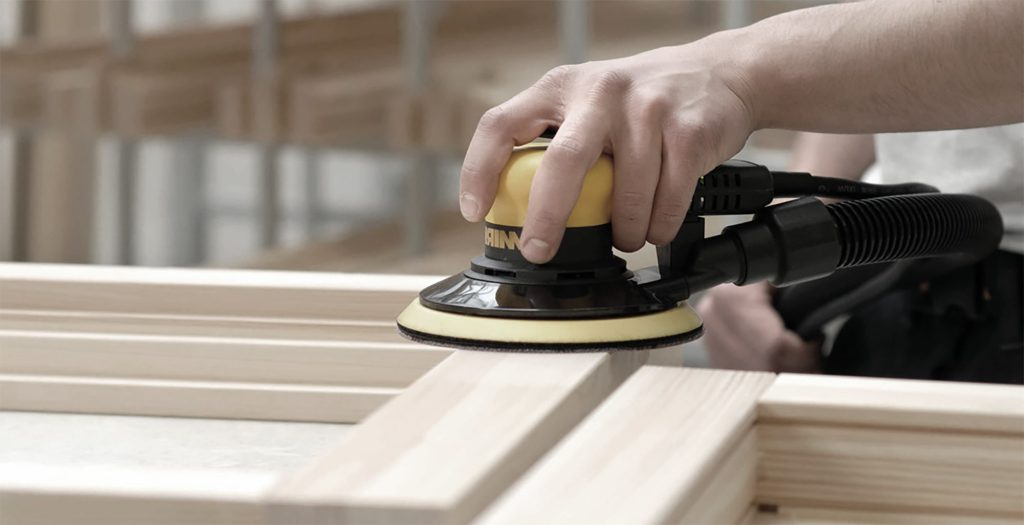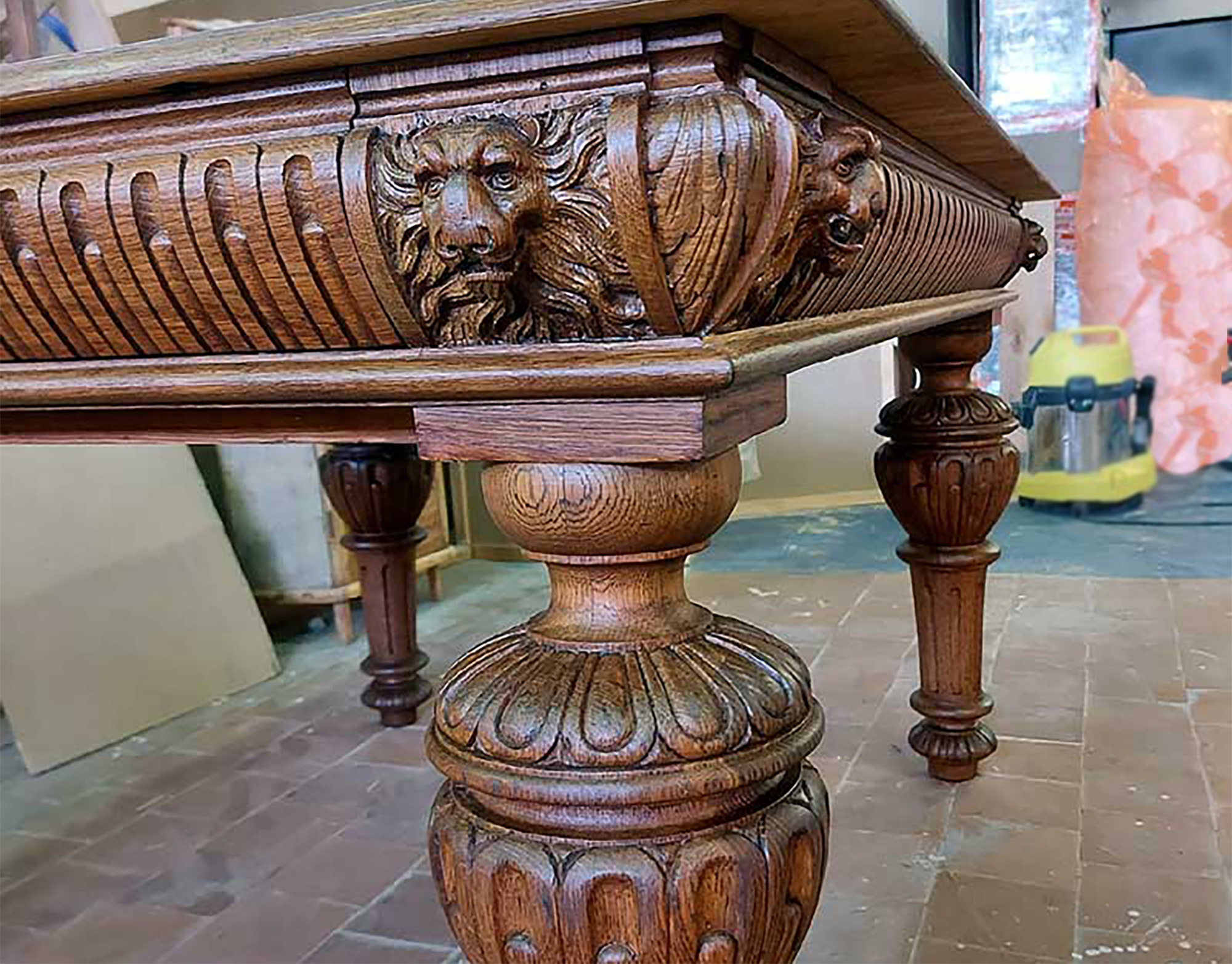Cleaning of building facades and graffiti removal in European cities | Blog. Cleaning the facades of buildings in Europe by our company’s professionals at A1 is a saving of material and human resources. This service not only maintains the attractiveness of the building but in many cases also allows for the postponement of cosmetic repairs. Cleaning and washing the facade is possible using high-pressure devices with heating and the addition of alkaline cleaners, or high-pressure steam generators. The cleaning of building facades involves not only the removal of atmospheric pollutants but also the removal of paint, various inscriptions, old plaster, and efflorescence from external surfaces.
List of Main Types of Facade Cleaning and Washing Works
Efflorescence Removal. Efflorescence removal is one of the most popular services today in the field of facade care. First and foremost, it is necessary to maintain the facades of buildings in an acceptable condition and prevent their damage. Cleaning brick facades from efflorescence restores the original appearance of the surface and prevents the destruction of the brick or stone.
Cleaning Old Paint from Walls.
In EU countries, cleaning old paint from the walls of houses is typically used in restoration cleaning before carrying out cosmetic and major repairs of the building. Before cleaning the facade from old paint, it is necessary to understand the basis on which it was made, whether oil or water-based. When cleaning old oil-based paint, we use delicate cleaning methods such as ‘soft’ blasting. For cleaning building facades from water-based paint, the use of high-pressure steam is sufficient.
Washing Building Facades from Atmospheric Pollutants
Washing building facades from atmospheric pollutants is typically done using chemical cleaners with high-pressure steam generators. After a thorough wash, the facade regains its original appearance. To maintain its clean appearance for as long as possible, we strongly recommend hydrophobization of the facade.
Removing Unauthorized Inscriptions and Graffiti from Building Facades
Unfortunately, removing unauthorized inscriptions and graffiti from building facades is a fairly common service. At first glance, cleaning graffiti may seem like a simple task, but in reality, it’s important to consider the type of building material it’s on, whether it’s painted, and what it was applied with (marker or spray can). When applied with a marker, a halo of the inscription remains, which can only be removed with professional cleaning methods. Graffiti removal using effective technologies, experience, and the right choice of abrasive material, without damaging the cleaned surface. The main methods of graffiti cleaning are soft blasting with various abrasive materials and high-pressure steam cleaning.
Cleaning old paint from walls is typically used in restoration cleaning before carrying out cosmetic and major repairs to the building. Before cleaning the facade from old paint, it is essential to understand the basis on which it was made, whether oil or water-based. When cleaning old oil-based paint, we use delicate methods such as “soft” blasting. For cleaning building facades from water-based paint, the use of high-pressure steam is sufficient.





